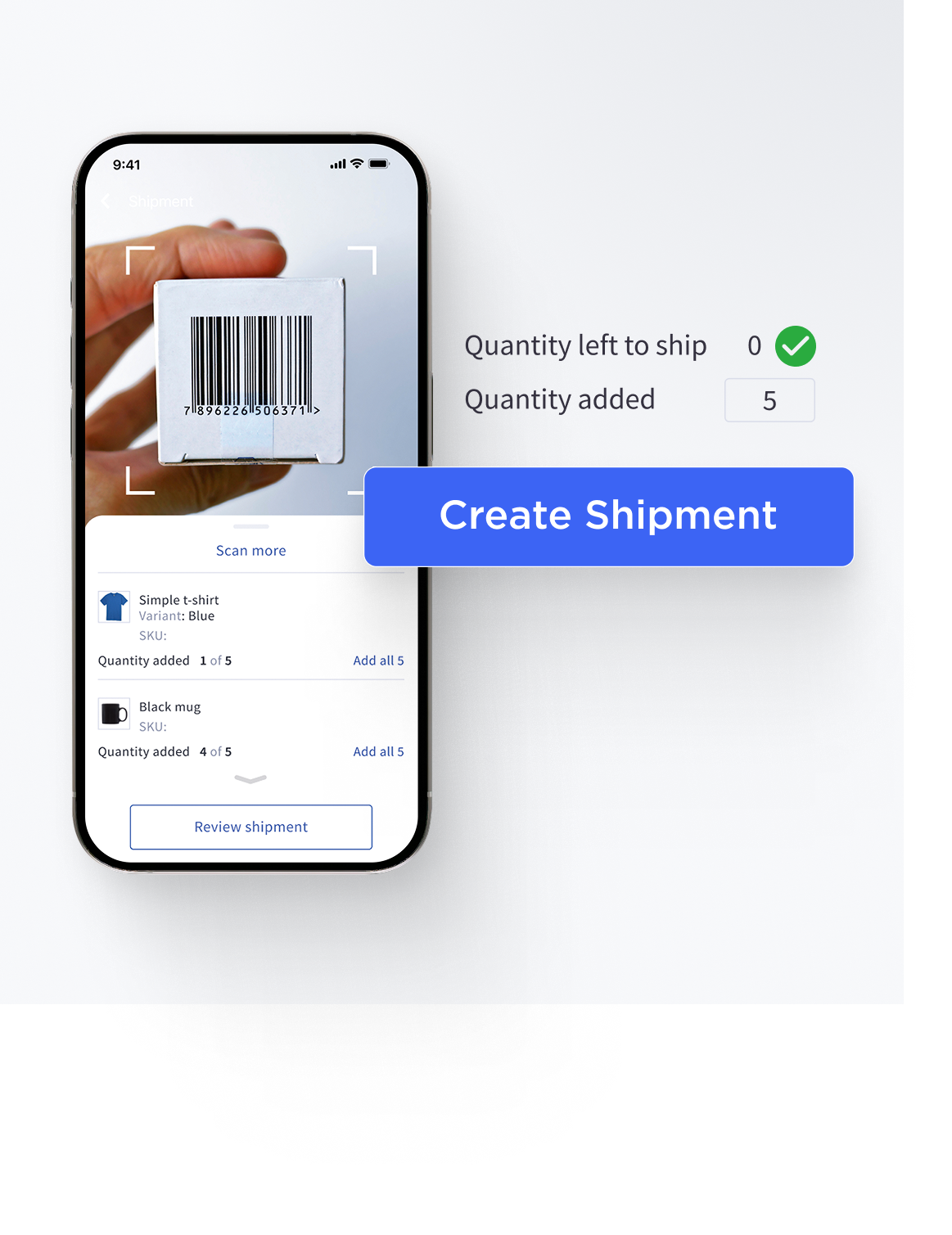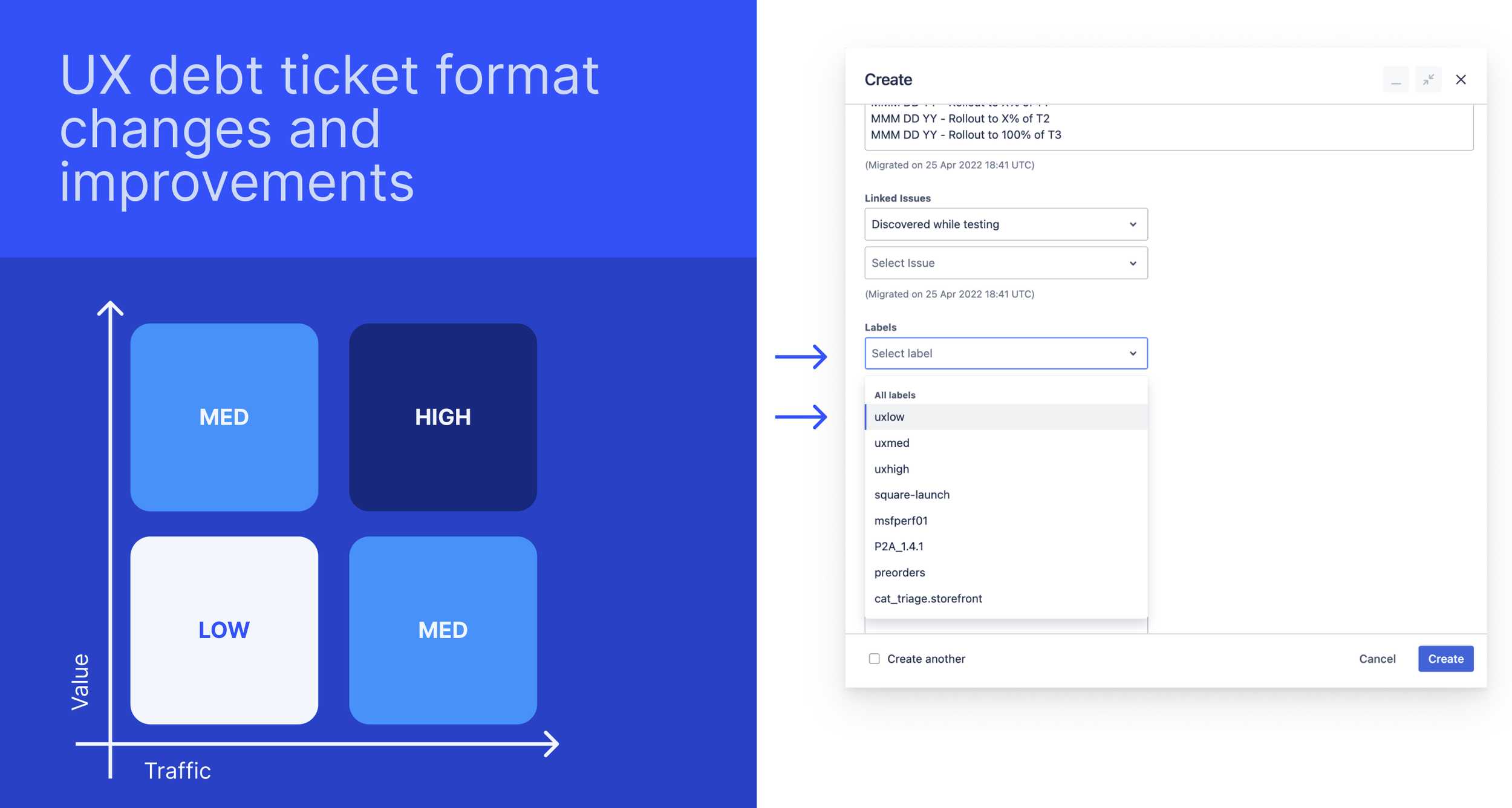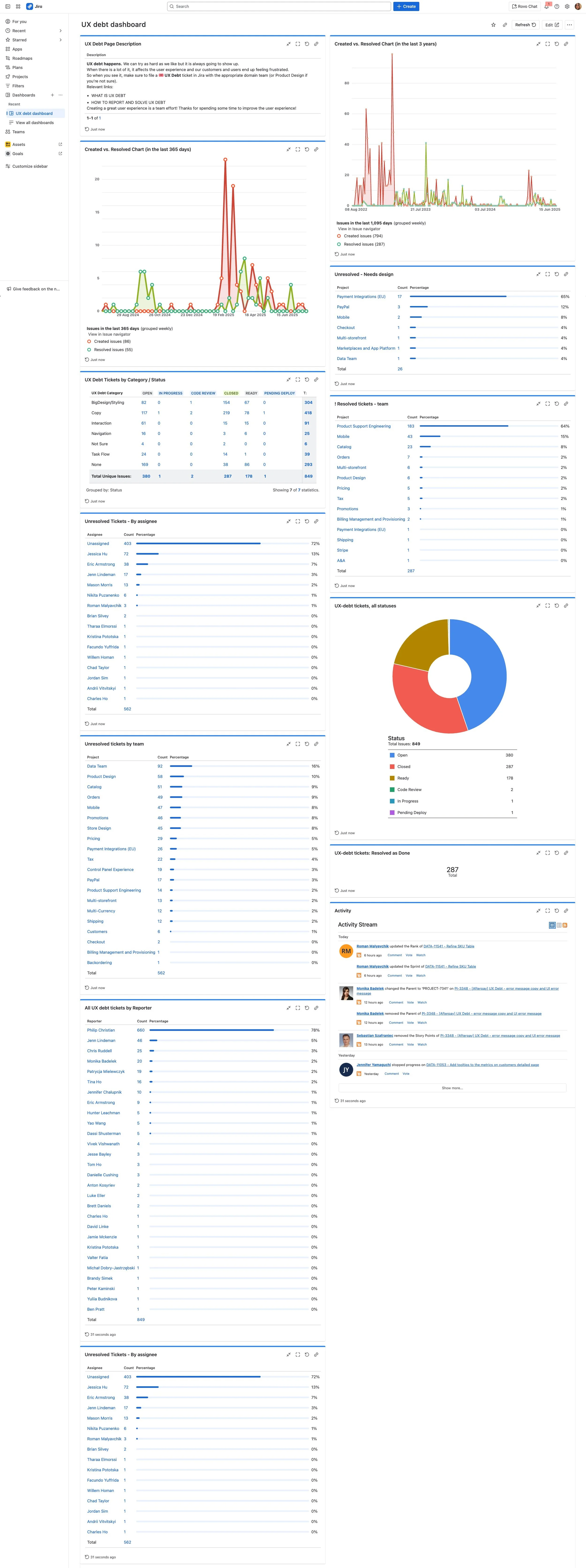BigCommerce old!!
During my six years at BigCommerce, I led the UX and design efforts for the mobile app, driving enhancements that contributed to raising its App Store rating from 3.9 to 4.5 and Google Play rating from 3.2 to 4.1. Although I worked on various desktop initiatives, the mobile app was my core focus and area of ownership. The app now supports both dark and light modes and is localized in 12 languages, including English, Danish, Dutch, French, German, Italian, Korean, Norwegian Bokmål, Polish, Spanish, and Swedish.
Some of the features and functions I designed and advocated for include:
New add/edit catalog experience
Create draft order and order
Create shipment
In-app survey
App review or feedback prompt
Dashboard features and news
Multiple language support
Data and analytics section
UX improvements to notifications settings
UX improvements to login, including Passkey
UX debt cleanup sprints
mobile: create shipment
enterprise iOS and android App
We launched a popular feature that enabled merchants to use their phones as barcode scanners for streamlined shipping. With their device in hand, they can scan products while packing, confirm quantities, and instantly link tracking labels to shipments—reducing errors and improving fulfillment efficiency.
THE STRATEGY
Given our team size, full parity with BC’s desktop Control Panel wasn’t feasible. Instead, we focused on the key tasks our users needed—and wanted—to accomplish while away from their desks.
For a quick look at the core UI features, the shipment landing screen opens with brief, helpful instructions. Users can scan product SKUs individually or bulk add them to a shipment. Clear confirmations guide the process, and shipping details can be added with a simple scan—making the entire flow fast and intuitive.
mobile: analtyics
Coming soon
UX debt tracking
Addressing ux debt at bigcommerce
UX debt is the accumulation of usability issues that hinder how users understand and interact with a product. Like technical debt, it builds up over time—often as a result of inconsistent visuals, unclear copy, inefficient task flows, or misaligned hierarchy. Left unchecked, these small issues can collectively erode the overall user experience.
At BigCommerce, I led efforts to identify and resolve UX debt across key surfaces of the platform. This included influencing the resolution of over 287 tickets that addressed:
Confusing or inconsistent UI patterns
Inefficient task flows and unclear interaction models
Visual hierarchy, copy, and design inconsistencies
Our approach focused on aligning with UX quality principles that reinforce product value: ensuring the experience is useful, efficient, usable, and desirable. These attributes directly support product quality by making the platform easier to navigate, faster to use, and more delightful for our merchants.
By treating UX debt with the same strategic importance as technical debt, we improved user satisfaction, reduced support friction, and built a stronger foundation for future product iterations.
auditing
Our design team initiated a series of UX audits focused on key interfaces and workflows within our internal Control Panel. To ensure consistency, I created a standardized audit template that guided the process and aligned seamlessly with our ticketing system—making it easy to document, track, and prioritize issues across teams. Issues were labeled with one or more themes of quality:
Interaction/user flow
Copy
BigDesign/Styling
Navigation
Usability
Documenting
We logged each issue in Jira using defined labels and categorized them under the appropriate team or project. To improve visibility and prioritization, we grouped related issues into dedicated UX debt epics that aligned with each team’s workload and backlog.
Since UX debt ticket types didn’t exist at the time, I partnered with the Jira admin to create a custom ticket type with its own name and icon and description content. I then introduced this framework to the Product & Engineering organization during one of our quarterly design presentations—sessions designed to share ongoing design initiatives and decisions with all cross-functional teams.
We also guided teams on how to assess and label each UX debt ticket as low, medium, or high impact. These impact levels helped teams prioritize which issues to tackle first, while also allowing us to track resolution progress across categories and measure the overall effectiveness of the cleanup effort.
Tracking
To measure the impact of our UX debt cleanup efforts and connect them to broader product health signals like customer feedback and bug reports, I designed a UX debt dashboard in Jira. This dashboard gave us real-time visibility into the volume, type, and resolution rate of UX debt issues across all teams. Over the course of the 3-year initiative, it became a key tool for tracking progress—highlighting where debt was being logged, which teams were making headway, and where additional support or prioritization was needed.
The dashboard also played a critical role in goal-setting. We used it to define quarterly and annual targets, such as completing backlog refinement by end of Q3 2025 and increasing UX debt activity (both logging and resolution) through Q2–Q4 2025. This helped establish accountability across the org and provided concrete metrics to support our design quality initiatives.
Want more?






